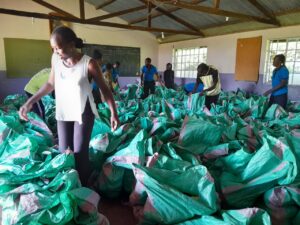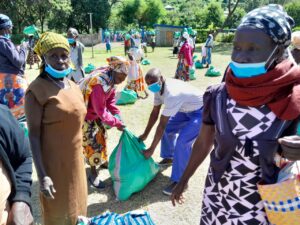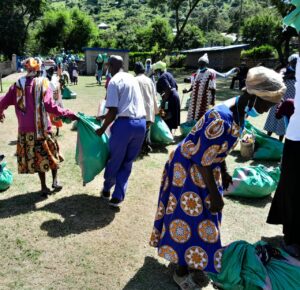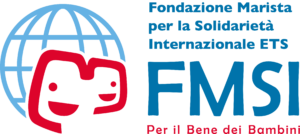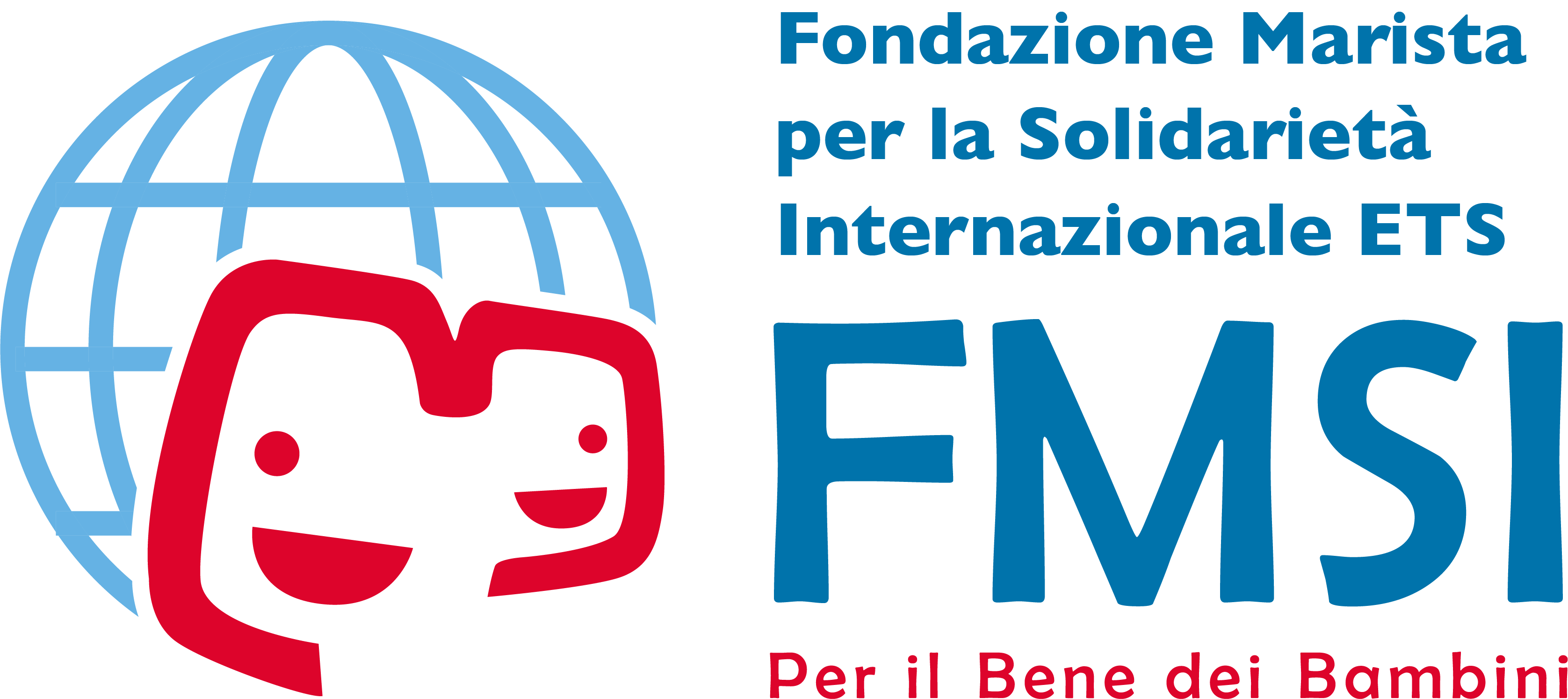Kenya is enduring one of the worst droughts in 40 years, according to the government and UN. More than four million people do not have enough food and 3.3 million do not have access to drinking water. Orore is a village beach in Homa Bay County at the shore of Lake Victoria with a population of 200 families. It is about 10 kilometres from the nearest town. Most of the families in this community, live from subsistence agriculture and breeding. These activities are severely affected by the drought the country is experiencing. This proposal, aims to support 250 families (with an average of 4 people per family) with house-hold basic needs; cooking flour, sugar, bathing soap, salt, cooking oil as they persevere patiently waiting for crops to grow and prices of basic commodities to come down to normalcy. Even though most people are affected by this drought along the lake shore, the most in need families will be identified with close collaboration with the local authorities. Kenya is facing one of the worst droughts in 40 years, which is projected to leave about 5.4 million people in Kenya without adequate access to food and water between March and June 2023. Orore, a community in Kenya’s Homa Bay County, has a population of 200 people who cannot get enough food and drinking water to survive. The problem is caused primarily by the prolonged drought but is further limited by the poor road network that does not facilitate the movement of goods in and out. Therefore, the place is in an area of hardship and underdevelopment. Latest projections show a 43 percent increase in people facing high levels of food insecurity compared to the same period last year. Although needs are growing, drought response plans in Kenya still remain underfunded, which greatly limits the capacity of humanitarian organizations to intervene. In Kenya, about 970,000 children aged 6 to 59 months and 142,000 pregnant or lactating mothers are likely to suffer from acute malnutrition during 2023 and will need treatment. The malnourished status of these vulnerable populations has compromised their immunity and increased their risk of disease exposure. More than 2.4 million livestock have died, creating additional problems in having food and economic resources to sustain the household. In the current period, it is estimated that around 4.4 million people (27% of the ASAL population) are facing high levels of Acute Food Insecurity – IPC AFI Phase 3 (Crisis) or above, of which about 774,000 people are in IPC AFI Phase 4 (Emergency). Compared to the same period last year, this represents a 43% increase in population in IPC Phase 3 (Crisis) or above, while compared to the previous analysis period (October-December 2022), the prevalence of population in IPC AFI Phase 3 (Crisis) or above is similar – with a reduction of the population in IPC Phase 4 (Emergency). Yet, in the projected period, March – June 2023, the severity of food insecurity is expected to worsen again: about 5.4 million people (32% of the population analysed) are projected to face high levels of acute food insecurity (IPC AFI Phase 3 or above), of which 1.2 million people (7%) will likely be in Emergency (IPC AFI Phase 4). This latest projection represents the highest magnitude and severity of acute food insecurity in the ASAL areas in years: urgent action is required to reduce food gaps, protect their livelihoods, and prevent and treat acute malnutrition. (IPC, 20 Feb 2023).
Aim of the project:
The Marist Brothers of Kenya will provide financial and technical assistance to families living in Orore, improving their resiliency to drought. The aim of the project is to provide an immediate response of basic food items to families mostly affected, give some hope that the situation will improve as there are signs of rain and the anticipation that prices of food items will come down to normalcy. The intended results are:
- 250 Families benefit from the emergency help
- Pictures taken on the material day
- Correct reporting back on the use of the funds to show transparency
- Continuous sensitization and education on sustainable agriculture to reduce dependency
THE PROJECT IN BRIEF:
The Project envisages the implementation of an emergency nutrition program to support families affected by the drought in Kenya.
THE PROJECT IN NUMBERS:
- 300 males direct beneficiaries
- 700 females direct beneficiaries
- 1 emergency nutrition program
SDG Goals: 2, 3, 6, 13
Laudato Si’ Goals: 2
